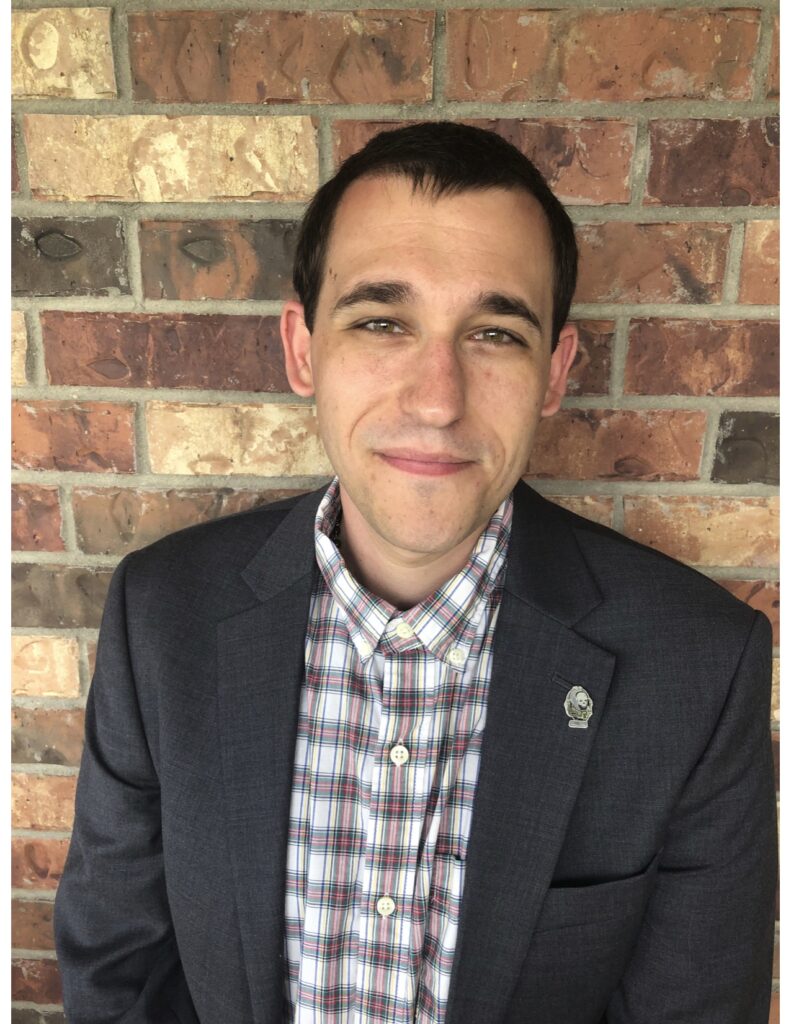By Alan Cunningham
The United States’ communications sector faces a variety of threats from multiple different actors, including foreign intelligence entities, organized criminal groups, and terrorist organizations, and methods, such as physical infiltration and the gaining of sensitive data and the electronic hacking into databases to access information or shut down systems. However, while these more explicitly criminal methods are a major threat to the communications systems and industry of the United States I would argue that, within the communications sector, social media is one of the largest threats to American democracy and the national security of the United States.
Quite simply, social media allows for a variety of threats to permeate and allows organized criminal elements, terrorist groups, and foreign intelligence entities to engage in methods of foreign policy advancement, radicalization, and gathering of funds. Examining the use of social media by organized criminal elements, it is apparent that Transnational Organized Criminal (TOC) elements have broadened their activities to take advantage of this new tool. First, TOCs can use social media in a propaganda war to try and change the narrative and cast themselves and their organization in a different light to the public, portraying themselves as being an upstanding force while also demonstrating themselves as being a formidable foe to rivals. Not only that, but organized criminal elements can be utilized by governments for larger foreign policy goals, like what was seen with the Russian bratva’s activities in Georgia in 2008 (prior to the Russian invasion) and their attacking of Hamas and Hezbollah online. There are also instances of organized criminal groups using social media to recruit, incite violence, or threaten sworn enemies. This is also not to mention the potentiality of which persons can be trafficked, groomed, or illicit deals can be made via social media apps and platforms.
Terrorists as well have adeptly utilized social media, with ISIS playing a large role in the online sphere and on social media. To quote the Anti-Defamation League, “Many terrorist groups have their own websites and they and their supporters have profiles on different social media sites. They use these to share propaganda and to become friends with people who seem to display some interest in what they are saying. Newcomers might become friends with several different terror supporters online. As they see their new friends’ posts, they grow more and more exposed to terrorist propaganda and also begin to feel like many other people agree with it. They also can talk about it with their new friends online, and sometimes with their in-person friends, too. They come to feel that they are a part of a community with these extremist friends online and to feel like these new online friends are real friends. A few people can forget why terrorism is evil and begin to believe that their new friends have legitimate viewpoints. Over time many come to believe that they have no choice but to use or advocate for violence”. The United Nations Office on Drugs and Crime also has identified that terrorists predominantly use the internet to produce propaganda in the form of promoting violence or extremist rhetoric, recruiting youth through attractive mediums (video games, music videos, cartoons, etc.), inciting members to violence via media products, and disseminating training manuals and techniques for followers.
Finally, foreign intelligence services can adeptly use social media to mis/disinform an enemy populace or destabilize a region to make it ripe for invasion or coercion. This has been exhibited best by Russia’s actions in Ukraine, Egypt, Syria, Estonia, and during the 2016 and 2020 U.S. Presidential Elections. However, other foreign powers, like China and North Korea have both considerably utilized disinformation campaigns online and on social media to help in gaining followers and adherents to their own desired foreign policy aims. The proliferation of conspiracy theories, misinformation, and disinformation online and in the public consciousness has only increased and grown since the advent of social media, becoming an increasingly strong weapon for use by foreign powers and enemy threats alike.
Social media, as can be seen, is a great and powerful force. It allows people to gain access to information quickly, communicate with one another, and engage with persons whose beliefs and life experiences are separate from their own. However, in a deregulated and unmoderated environment, the ability to destroy a populace more readily than foster critical thought is increasingly real and very probable. Already one can see that disinformation campaigns by Russia and other foreign powers focusing on politics or current events are daily occurrences and one can see how easy it is to radicalize a base or group, sow divisions, gather funds, and engage in illicit activity all via online platforms. Social media, in my mind, is one of the most serious threats to the national security and defense of the United States and the world and more security measures need put in place to ensure that the critical thought of the populace is not eroded nor that democracy is allowed to be so easily corrupted by these actions online.
Alan Cunningham is a graduate of both Norwich University and the University of Texas at Austin. He plans to enter the US Armed Forces as an Officer in 2022. He has been published in various national security publications including Security Magazine, the U.S. Army War College’s War Room, and The Crime Report.
Follow Brilliance Security Magazine on Twitter and LinkedIn to ensure you receive alerts for the most up-to-date security and cybersecurity news and information.


